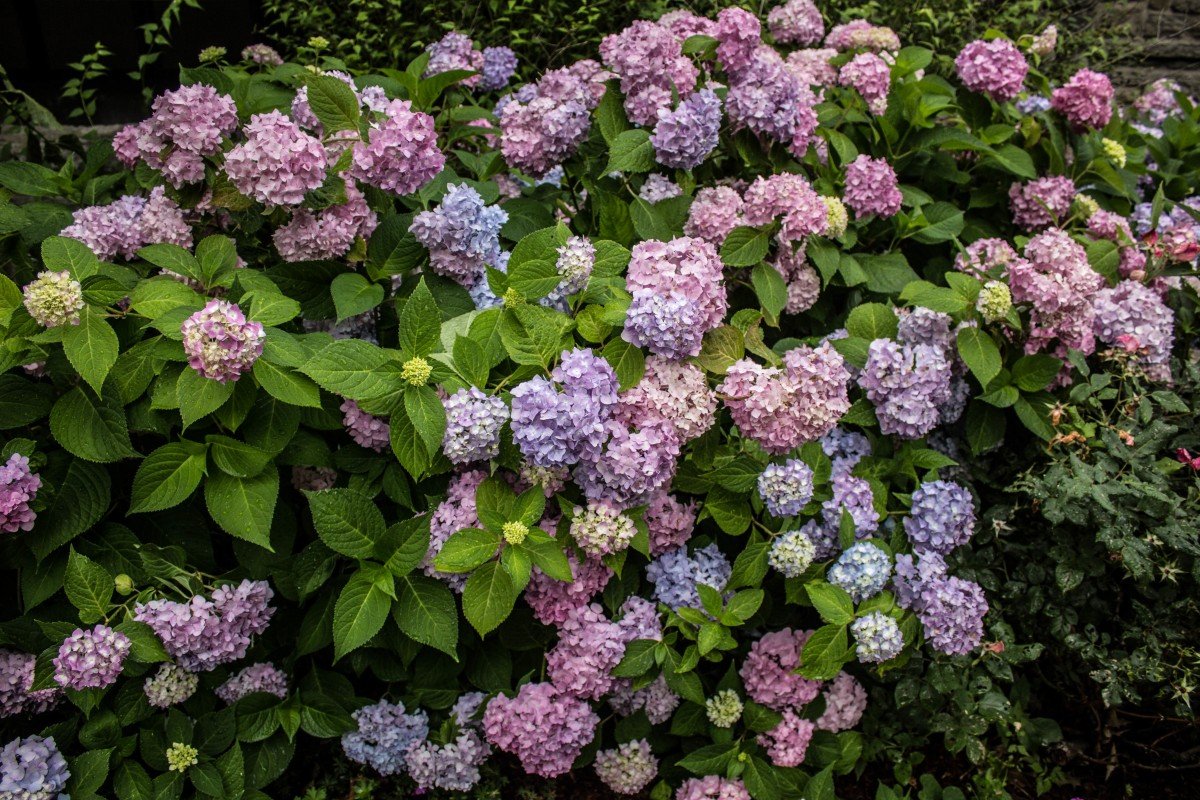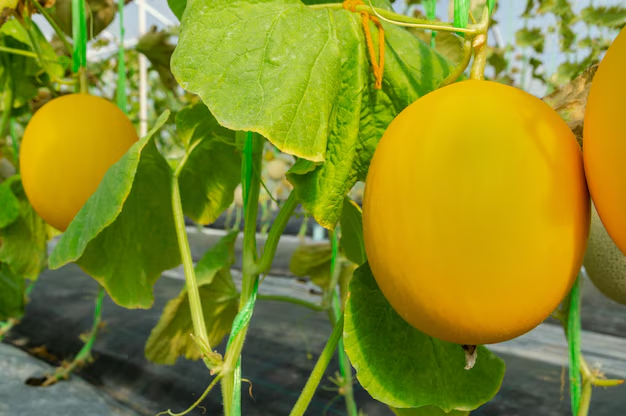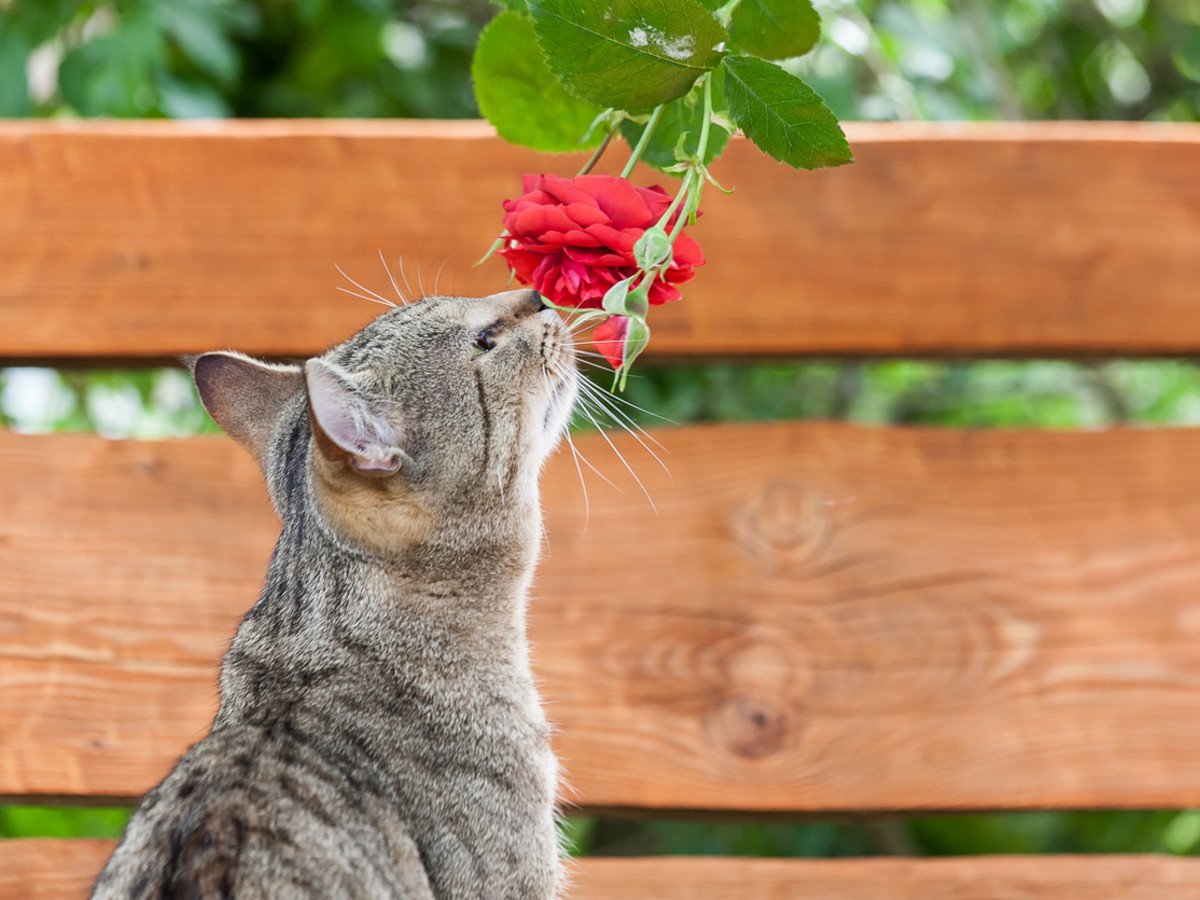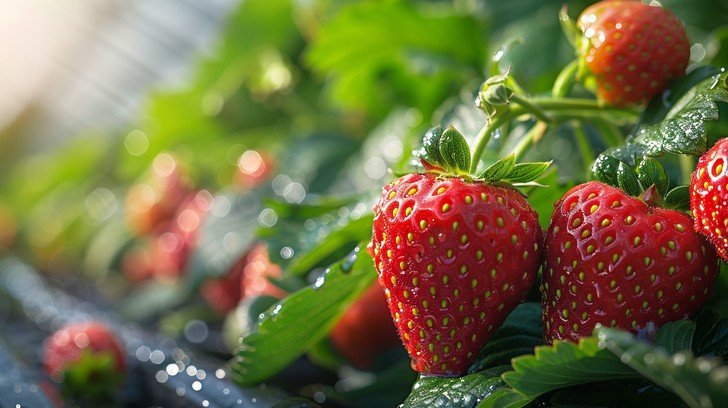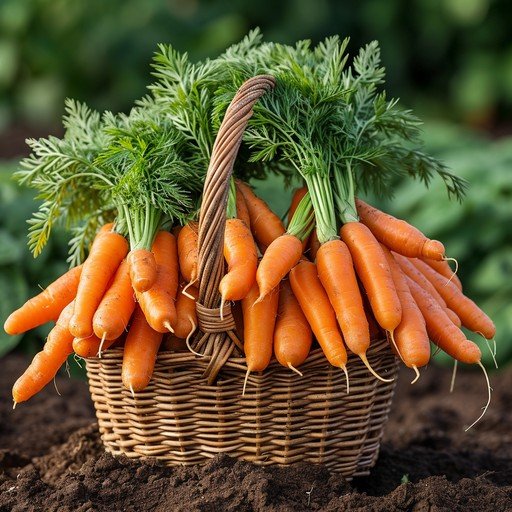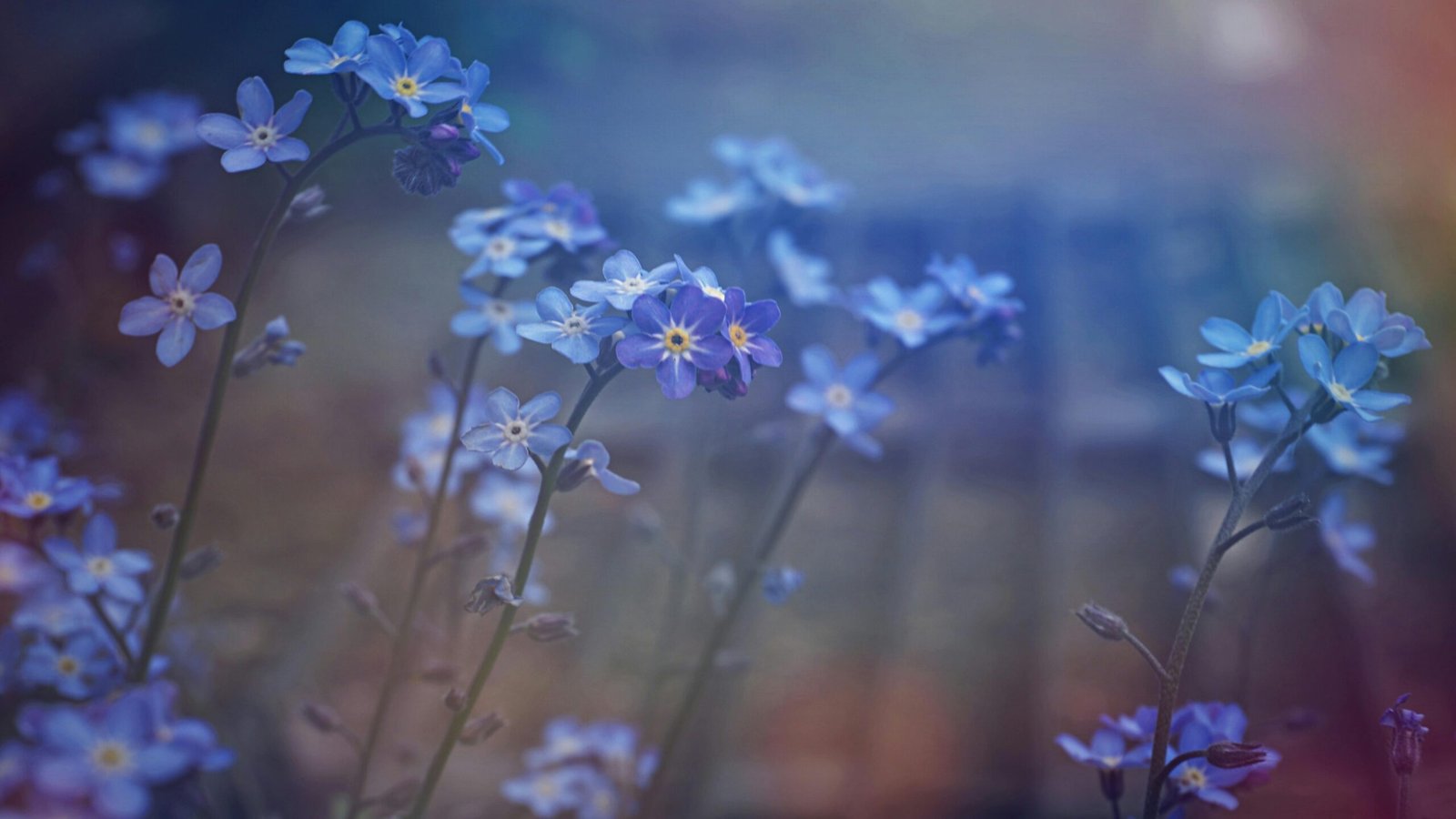If you want lush, long-lasting blooms in your garden, understanding proper hydrangea care is key. In this guide we’ll walk through everything you need: choosing the right variety, planting, watering, feeding, pruning, winter protection, pest & disease control, container gardening, and more. Let’s get started!
1. Why hydrangeas are such popular garden shrubs
Hydrangeas are beloved by gardeners for their large, striking flower-heads and their ability to fill borders or containers with colour from summer into autumn. According to the Royal Horticultural Society (RHS), shrubby hydrangeas provide “good for late summer colour” and “long-lasting flowers from mid to late summer”.
The name hydrangea comes from Greek “hydro” (water) and “angeion” (vessel) — hinting at the plant’s thirsty nature.
Their versatility means they can be grown in garden beds or in containers, so whether you have a large plot or a small balcony, hydrangeas are an option. As we go through care steps, you’ll find how to tailor your approach for your situation.
2. Choosing the right hydrangea variety
Before planting, it helps to pick a variety suited to your climate, garden space, and how much care you’re willing to give.
Common types
-
Bigleaf hydrangea (Hydrangea macrophylla) – one of the most popular.
-
Mountain hydrangea (Hydrangea serrata) – more compact and hardy.
-
Smooth hydrangea (Hydrangea arborescens) – blooms on new wood, easier to prune.
-
Panicle hydrangea (Hydrangea paniculata) – more tolerant of sun and harsher conditions.
-
Climbing hydrangea (Hydrangea anomala subsp. petiolaris) – for walls or large trees.
Match to your garden
-
Check your climate region (for Bangladesh: consider heat, humidity, monsoon rainfall).
-
Choose a variety that will fit the mature size: some hydrangeas can grow quite large.
-
For containers, pick more compact varieties or ones labelled for pots. According to Garden Design, for container hydrangeas you want a big enough pot and good soil mix.
Selecting the right species makes all the difference in how much care you’ll need to give and how successful your blooms will be.
3. Planting your hydrangea
Getting the planting right helps ensure strong growth and abundant flowers.
When to plant
-
Best in spring or autumn so the plant can establish roots before extreme heat or cold.
-
Avoid planting in peak summer heat unless you can provide extra care.
Site and soil preparation
-
Hydrangeas like moist, well-drained, rich organic soil.
-
The soil pH affects bloom colour (especially in bigleaf and mountain types): acidic soil tends to produce blue flowers; alkaline or neutral tends toward pink.
-
Make the planting hole about twice as wide as the rootball, and sit the plant at the same depth it grew in the pot.
-
Remove competing weeds, loosen the surrounding soil, and add compost or well-rotted manure.
Light and position
-
Most hydrangeas prefer morning sun and afternoon shade, or dappled light. Too much intense sun, especially in hot climates, will stress them.
-
In a hot climate location like Bangladesh, you may idealize a spot with some afternoon shade or light filtered sun.
-
Good air circulation is beneficial (to reduce disease risk) but avoid extremely windy spots that can dry the plant out.
4. Watering and feeding – the core of hydrangea care
Watering
Water is one of the most important aspects of hydrangea care.
-
Newly planted hydrangeas need frequent watering: e.g., every 1–2 days when heat or drought sets in.
-
Once established, watering deeply but less often is better than shallow frequent watering. The soil should feel moist several centimetres down.
-
In containers, soil dries out much faster—check daily during hot periods. According to Garden Design: containers dry quickly and you should choose an appropriately sized pot.
Mulching
-
Apply a 2-3 inch layer of organic mulch (e.g., shredded bark, compost, leaf mould) around the base, leaving a gap around the stem, to retain moisture and regulate temperature.
Feeding (Fertiliser)
-
Use a balanced slow-release fertiliser (for example 10-10-10) in spring when new growth begins.
-
Avoid over-feeding with high-nitrogen fertiliser, as this can encourage foliage at the expense of blooms.
Soil pH and altering bloom colour
-
For bigleaf and mountain types: in acid soils (pH <6) aluminium is more available and produces blue blooms; in alkaline soils (pH >7) blooms tend pink.
-
If you wish to shift colours:
-
To make blues: add sulphur, pine needles, peat moss.
-
To make pinks: add lime or wood ashes.
-
-
But don’t make big changes without testing soil (pH strips or meter).
5. Pruning and dead-heading
Proper pruning is an important part of hydrangea care and helps maintain healthy growth and good blooms next season.
Dead-heading
-
Remove spent flower heads during the growing season to encourage new blooms.
-
But be careful: for varieties that bloom on old wood, extensive late-season dead-heading may remove next year’s flower buds.
Pruning by type
-
For hydrangeas that bloom on old wood (e.g., bigleaf, mountain types) you should prune right after flowering (summer) and remove dead or weak stems, but avoid heavy pruning in late winter or early spring because you’ll remove buds for next season.
-
For varieties that bloom on new wood (e.g., smooth, panicle types), you can prune back more heavily in late winter or early spring and regenerate fresh flowering stems.
Rejuvenation
-
Older shrubs that have become overgrown may benefit from removing one-third of the oldest stems for several years to renew the plant without losing all blooms at once.
6. Container hydrangea care
If you have limited garden space or want hydrangeas on a patio or balcony, container planting is an excellent option. Proper container care is a key part of hydrangea care.
Choosing a pot
-
Use a pot with good drainage holes. Avoid porous materials like unglazed terracotta in freezing climates (but in Bangladesh this is less of an issue).
-
Select a size big enough: Garden Design recommends at least 24 inches in diameter (for a mid-sized shrub) so the roots have room.
Soil and planting mix
-
Use a high-quality potting mix enriched with compost. Avoid garden soil in pots (can compact and reduce drainage).
-
Fill so that rootball sits just below the rim for watering space.
Watering and winter care
-
Container plants may need daily checking during hot humid weather, because they dry faster.
-
If you live in a region with cooler winters, the container plants may need some protection or to be moved to a sheltered location.
Benefits & limitations
-
Growing in containers gives you flexibility in placement and movement.
-
But the roots are restricted, so growth and bloom can be more limited than garden-planted shrubs. According to The Spruce: planting in the ground gives better conditions for root development.
7. Common problems & troubleshooting
Even with good hydrangea care some problems may arise. Here are frequent issues and how to handle them.
No blooms
Possible causes:
-
Wrong pruning time (cut buds off).
-
Too much shade or wrong light.
-
Over-fertilised (too much nitrogen) leading to foliage growth over flowers.
Wilting or drooping leaves
-
Under-watering: hydrangeas have shallow root systems and can dry out.
-
Over-watering: can lead to root rot if soil is always soggy.
Leaf yellowing or brown edges
-
Could be nutrient deficiency, water stress, or over-fertilisation.
-
Brown edges especially may be due to strong sun exposure or frost damage.
Pests & diseases
-
Hydrangeas can suffer from pests such as aphids, Japanese beetles, spider mites.
-
Diseases include fungal problems like powdery mildew, leaf spots, bud damage due to frost. Good air circulation, proper watering (at soil, not on leaves) and clean plant debris help prevent problems.
Soil pH not right for desired bloom colour
-
If you expected blue blooms and instead get pink, it may be that soil pH is too high (alkaline). Test and amend accordingly.
8. Seasonal care – what to do and when
Here’s a simplified seasonal schedule for hydrangea care (tailor according to your local climate):
| Season | Key tasks |
|---|---|
| Early spring | Check soil moisture, apply a slow-release fertiliser, tidy up mulch layer. |
| Late spring | Check blooming begins, water as needed, check for pests. |
| Summer | Ensure consistent moisture during hot spells, dead-head spent blooms. |
| Late summer / early autumn | Reduce fertiliser, apply mulch for next season, stop heavy dead-heading if buds for next year form on old wood. |
| Late autumn | For cold climates: protect roots (mulch or wrap containers). For gardens: clear fallen debris around the plant. |
| Winter | In mild climates like Bangladesh the plant may remain evergreen – just monitor for stress; in colder regions protect buds/rootzone. |
According to RHS: “mulch in spring to improve soil moisture retention” is recommended.
9. Hydrangea care in the context of Bangladesh
Since you are based in Bangladesh, here are some notes to adapt the general care to your local conditions:
-
Heat & humidity: In a tropical/sub-subtropical climate expect high humidity and strong sun. So choose a spot with some protection from the harsh midday heat or afternoon sun.
-
Rainfall / monsoon: Heavy rains may lead to water-logging. Ensure soil drains well and avoid planting in low spots that hold water.
-
Soil fertility: Many soils in Bangladesh may be low in organic matter – mixing compost, manure or leaf-mould when planting will help.
-
Containers can be especially useful in hotter climates to allow you to move plants to partial-shade spots when needed and control soil and watering more easily.
-
Local pests/diseases may differ – keep an eye for fungal issues in high humidity. Good air flow is key.
-
Winter is mild, so less risk of frost damage than temperate zones, but still mulch or ensure root zone is protected if unexpected cold occurs.
11. Summary – key takeaways in brief
-
Choose the right variety for your site and climate.
-
Plant in spring or autumn in rich, moist but well-drained soil, with some shade from hot sun.
-
Water deeply and regularly, especially for new plants, and mulch to conserve moisture.
-
Fertilise appropriately (in spring) and avoid over-feeding.
-
Prune according to whether your variety blooms on old or new wood.
-
In containers give extra attention to pot size, soil mix, drainage and watering.
-
Monitor for watering issues, pests, diseases and soil pH (especially if you want blue or pink blooms).
-
In Bangladesh’s conditions pay special attention to heat, humidity and drainage.
With these insights into hydrangea care, you’ll be well positioned to grow vibrant, healthy hydrangeas in your garden or pots, enjoying colourful blooms season after season.
If you are interested in gardening and want to learn more, you’ve found your home. GardenKT is the best knowledge-sharing website, and you can also contribute by sharing your knowledge here.
